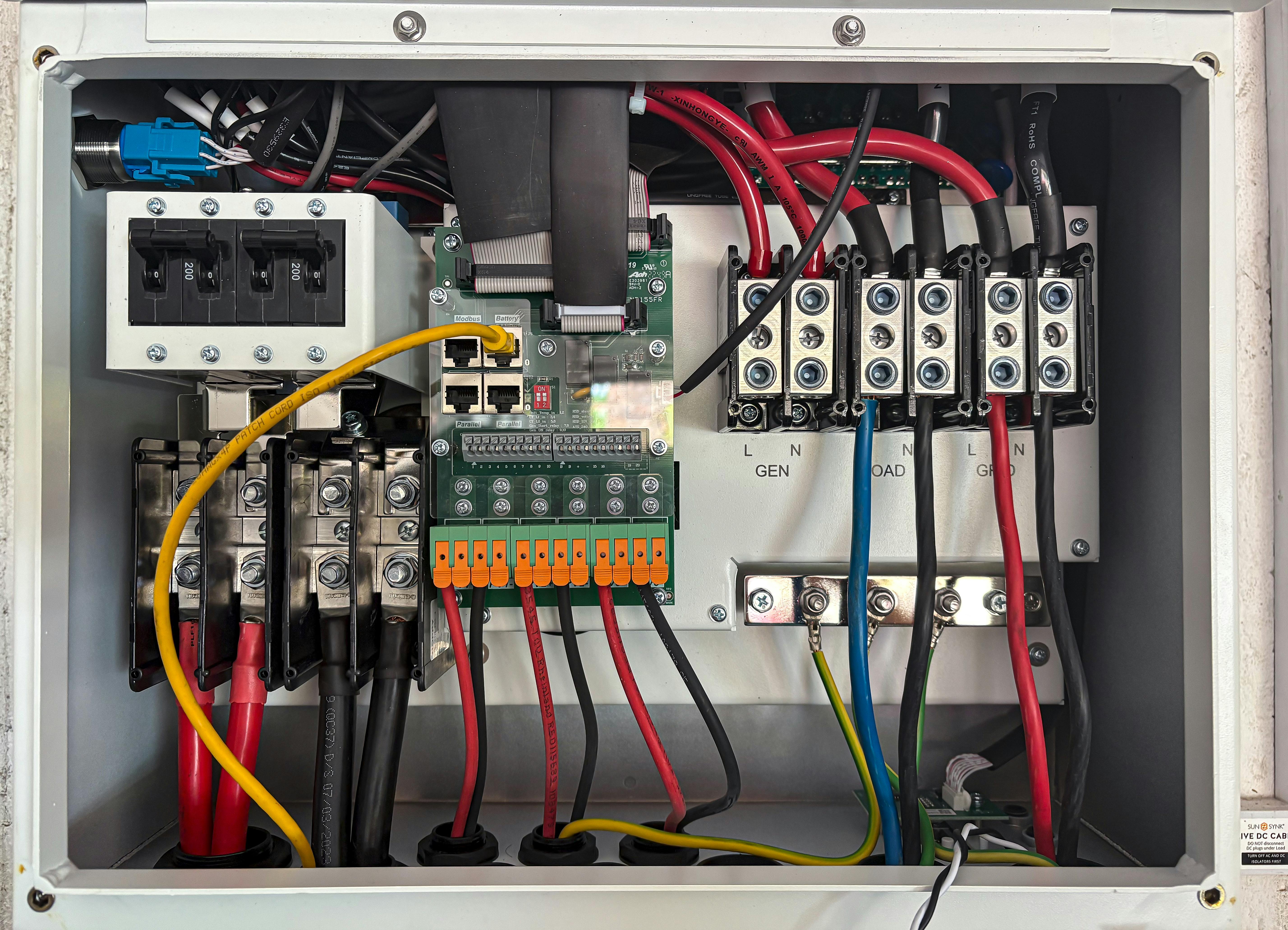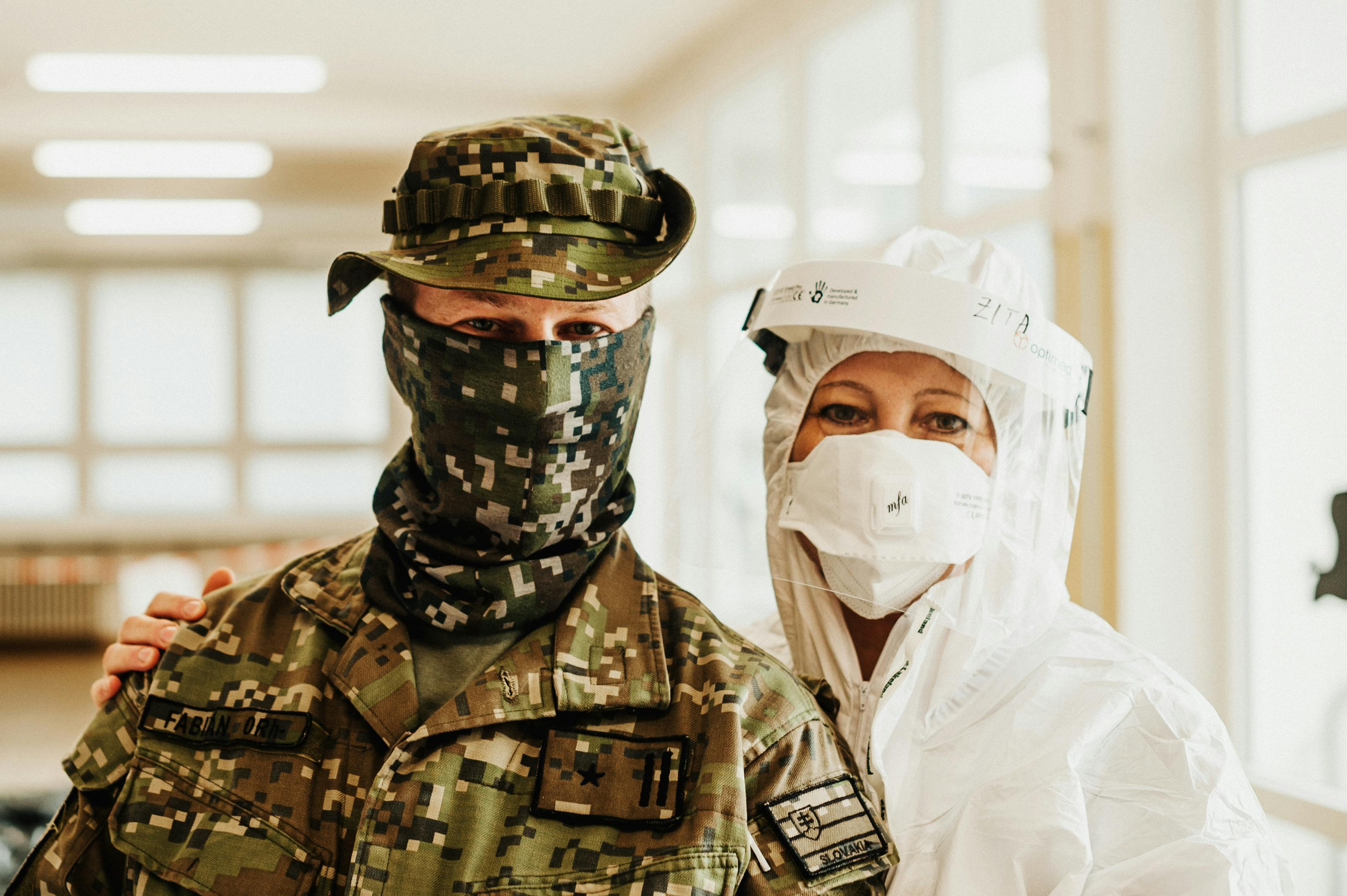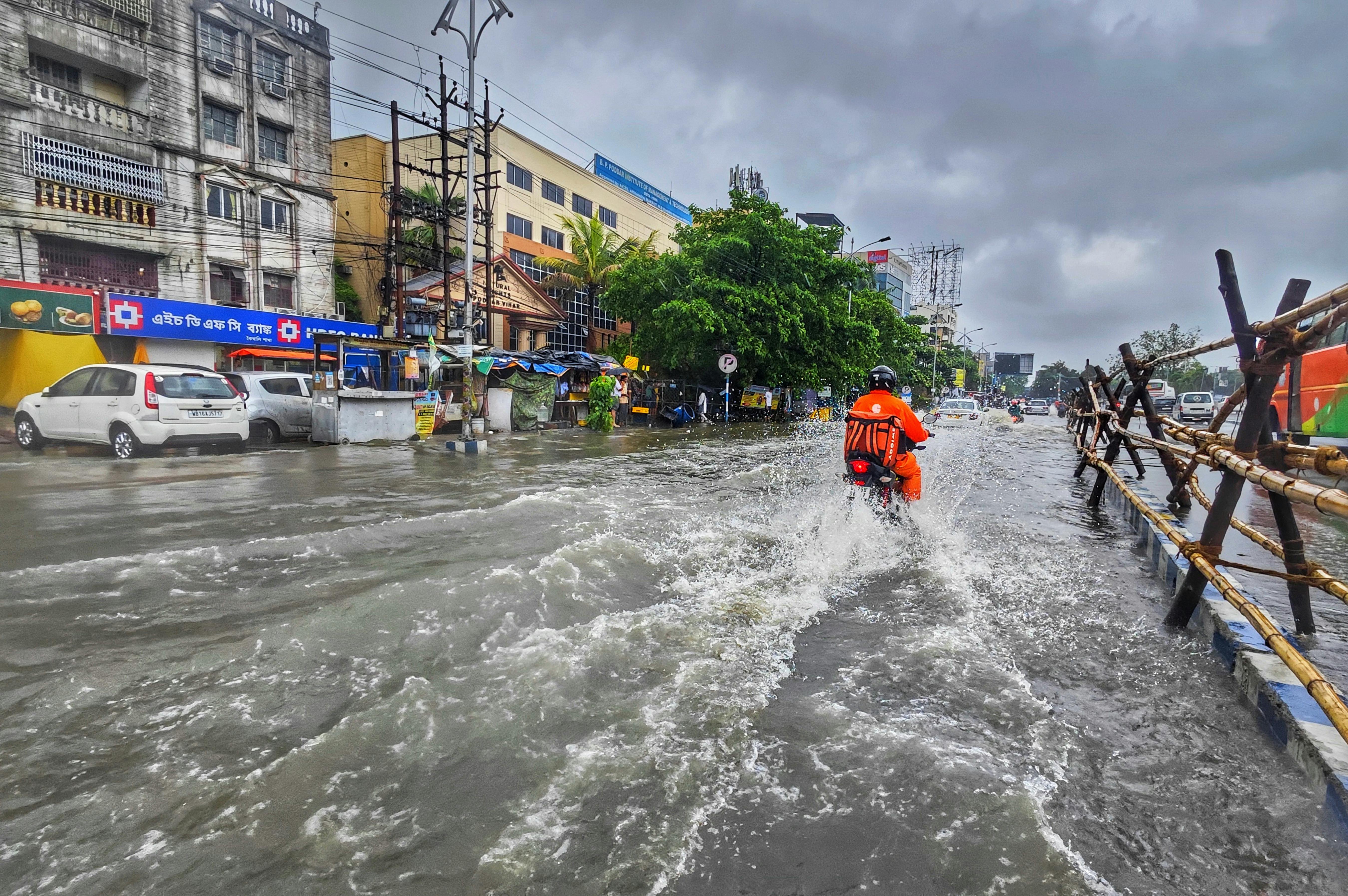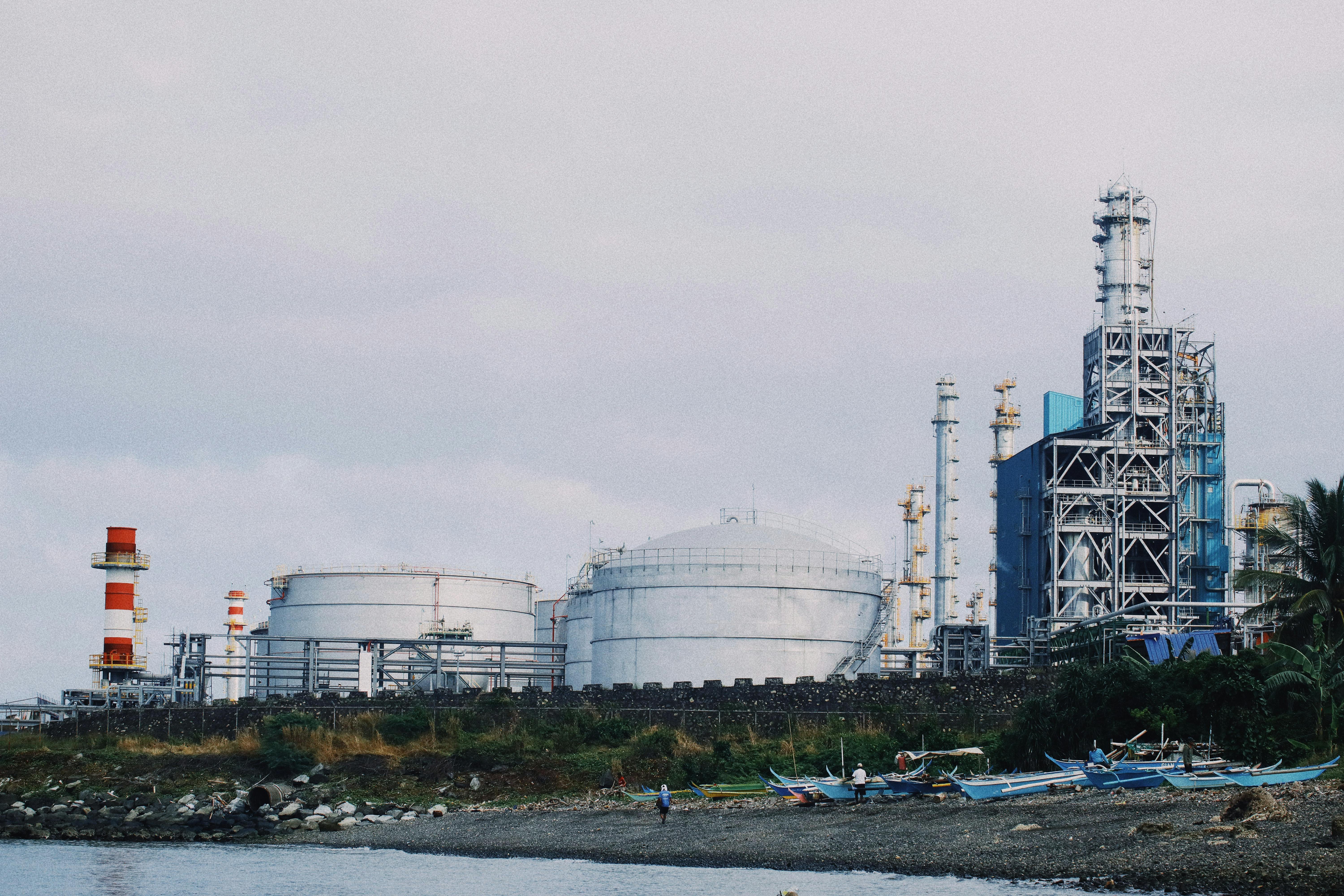1. Aircraft Component Fatigue Analysis

Aircraft Component Fatigue Analysis
Problem: Frequent component failures in military aircraft due to fatigue, leading to high maintenance costs and safety risks.
Solution: Implemented fatigue analysis to predict failure points and optimized material selection.
Tools Used: Structural fatigue simulation, AI-driven predictive models, cloud-based analytics.
Outcome: 30% reduction in unscheduled maintenance, 15% increase in component lifespan.
2. EV Battery Life Optimization

EV Battery Life Optimization
Problem: Rapid degradation of EV batteries in extreme climates, reducing efficiency.
Solution: Developed an AI-powered charge cycle model to optimize charging/discharging patterns.
Tools Used: Thermal simulation, AI-powered charge cycle models, cloud-based battery analytics.
Outcome: 20% increase in battery lifespan, 15% improvement in energy efficiency.
3. Smart Factory Digital Twin

Smart Factory Digital Twin
Problem: High wastage and downtime due to inefficient manufacturing processes.
Solution: Created a digital twin of the factory to simulate, analyze, and optimize operations.
Tools Used: Digital twin technology, AI-driven process simulation, real-time IoT monitoring.
Outcome: 10% cost savings, 25% reduction in material waste, 15% increase in production speed.
4. Metro Rail Tunnel Collapse Risk
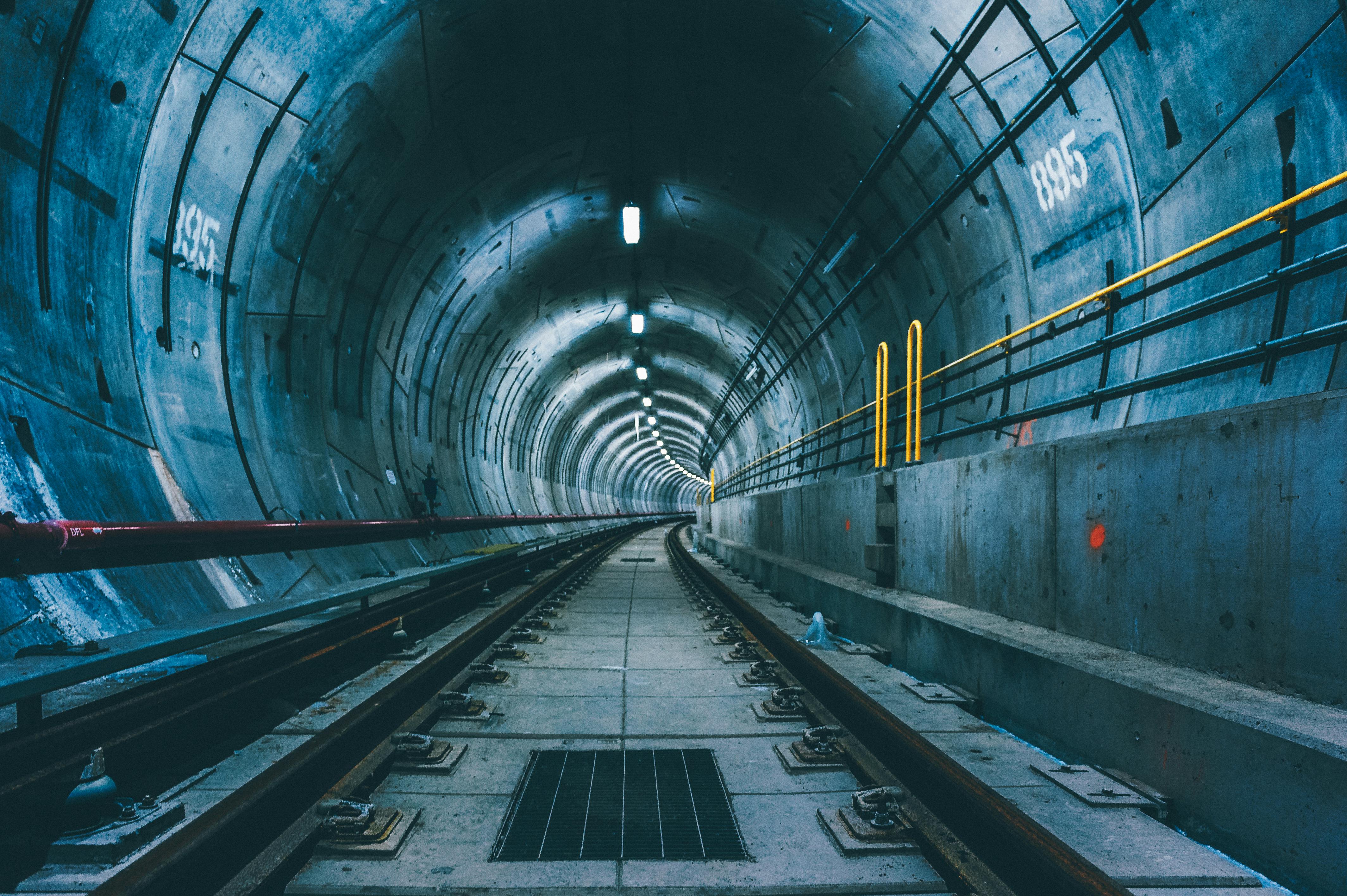
Metro Rail Tunnel Collapse Risk
Problem: Risk of tunnel collapse due to inaccurate geological assessments.
Solution: Implemented geotechnical simulations to optimize reinforcement strategies.
Tools Used: Geotechnical simulation models, AI-based structural analysis.
Outcome: Zero structural failures, 20% reduction in reinforcement costs.
5. Tsunami Evacuation Planning

Tsunami Evacuation Planning
Problem: Inefficient evacuation planning leading to high casualties in coastal cities.
Solution: Developed an AI-based crowd movement model to optimize evacuation routes.
Tools Used: Crowd movement simulation, AI-based risk prediction, geospatial mapping.
Outcome: 40% faster evacuation, 35% reduction in casualties.



